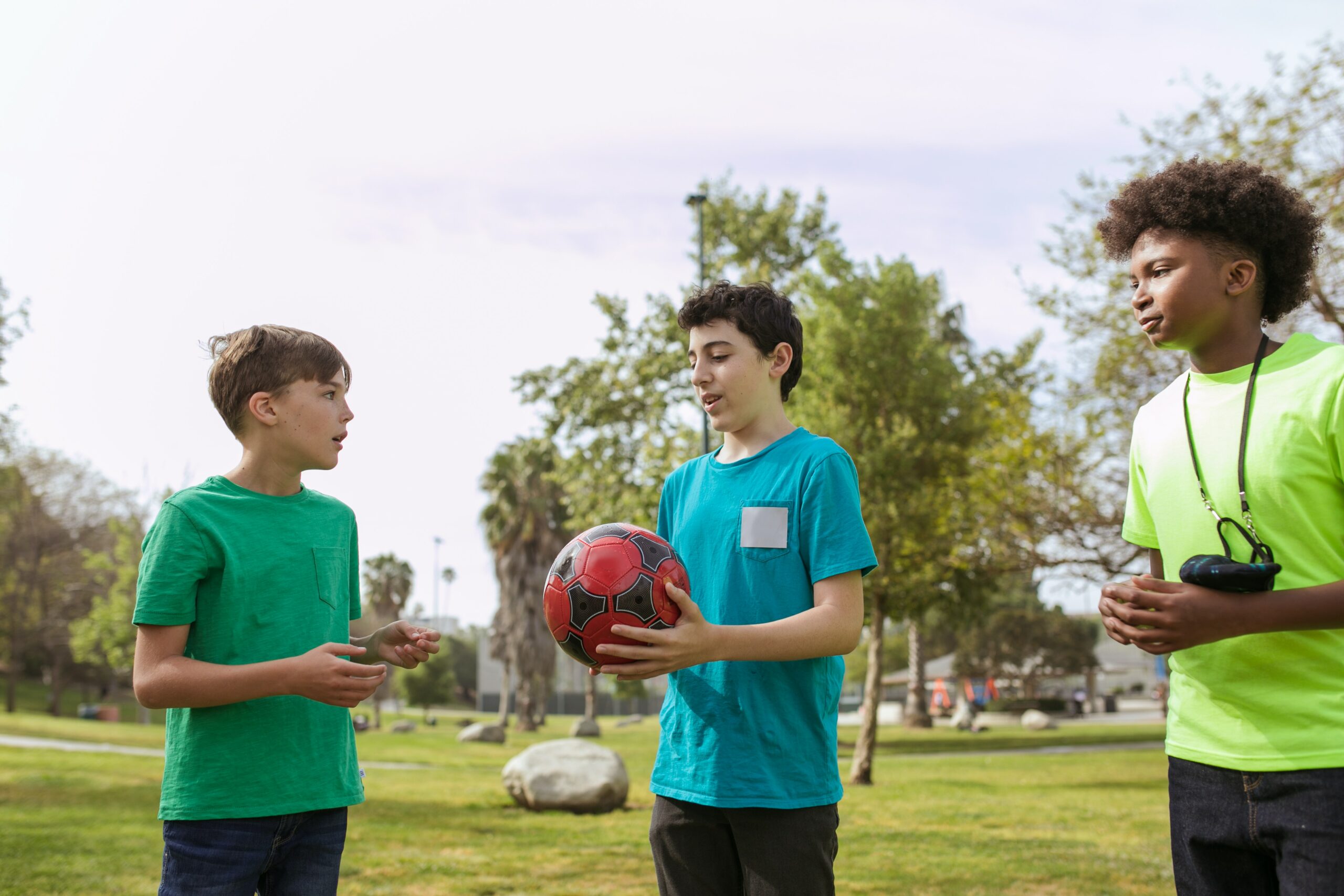Migraine headaches are one of the most common yet potentially debilitating disorders a person can have.
Approximately 1 billion people worldwide have migraine headaches, and more than half of them report has shown a decrease in work or school productivity. A Migraine is typically described as a recurrent headache as they present similar symptoms. This blog reviews first aid treatment options and how to ease its symptoms.
What Is A Migraine?
According to the Migraine Research Foundation, a Migraine is one of the most common illnesses in the world. It can run in families, and even children and adults are known to have them.
A migraine is a severe headache that is often associated with flu-like symptoms. These include nausea, vomiting, light and noise sensitivity. You may notice an ‘aura’ before the migraine happens. An ‘aura’ is a collection of symptoms that may present as a pins and needles sensation in arms and legs and give the victim sensory problems (speech and vision).
Various factors can trigger a migraine headache, and each person may have individual triggers. The common cause is emotional stress, lack of sleep, missing a meal, hormonal changes, and excessive caffeine. It can also be triggered by certain food choices such as chocolate, cultured dairy products, and fruits or juices.
When a migraine attack happens, all you want is relief. If you are in need of migraine first aid, here are tips you can do to ease your symptoms. Most of these first aid interventions are free, with no side effects.
1. Darken The Room
Sensitivity to light and sound can make migraine headaches worse. According to a study, the pain from the light is caused by a group of light-sensing cells found in the eye. It is called intrinsically photosensitive retinal ganglion cells or ipRGCs.
Take a break and find a calm environment at the first sign of a migraine. Step away from whatever you are doing and limit any physical activity. Migraines often become worse by any activity or movement. It is necessary to lie down and find your most comfortable position.
It is best to turn off the lights to darken your room. Try to relax in a dark, quiet room and sleep if you can. Find a calm environment.
2. Ice Or Cool Compresses
Cold temperatures can have a numbing effect. Place a cold compress across your forehead or back of the neck. This practice can distract the brain from the symptoms as you are stimulating the nerve ending when putting the compress.
To protect your skin from the cold, keep a cloth between your skin and ice compress.
3. Mindfulness Meditation
About 8 out of 10 people who suffer from migraine attack says that stress is a major trigger for headaches. Doing mindfulness medication can help manage stress by focusing on the present time.
You can try out yoga, a few stretches, meditation, or progressive muscle relaxation. All these can help you chill out when you are in the middle of severe headaches. Mindfulness meditation can also help treat the overall burden of migraine by improving quality of life, lessening depression and other disabilities.
4. Take Painkiller Medication
People who have frequent or recurrent tension headaches may need to take painkiller medications. The doctor may recommend prescription doses of nonsteroidal anti-inflammatory drugs (NSAIDs), such as ibuprofen or naproxen.
5. Strive For Balance
Living with recurrent migraines can be a challenge, and making a healthy lifestyle change can help. You can also turn to your friends, colleagues, and loved ones for support.
If you are constantly feeling anxious or depressed, you can join a support group or seek professional counselling.
The Bottom Line
When used with the right medication, these first aid remedies and lifestyle changes can relieve your symptoms. If not, you may consider talking to your doctor about your migraine treatment plan or learning first aid.
Visit First Aid Courses Darwin for more information.








